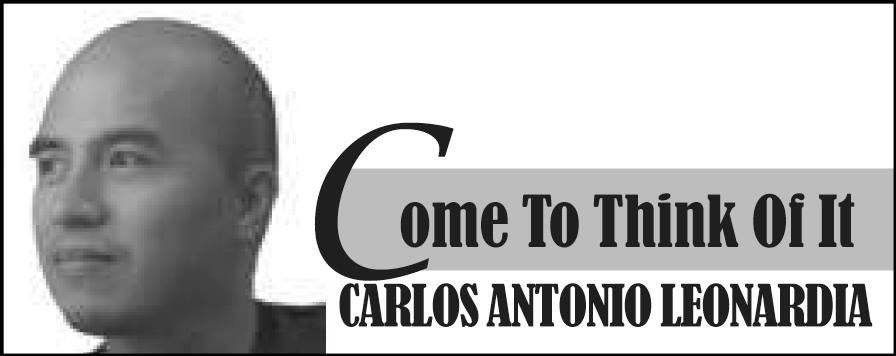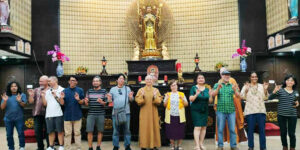
The other week, I stumbled upon a podcast that discussed a topic that I thought would be nice to discuss during the Undas period. Unfortunately, it became a busy time, forgot to write about it, and remembered it just now. It was an interesting topic that dealt with a subject that would’ve been best discussed during All Saints/Souls day when people have their beloved dead and mortal remains on top of mind but because waiting another year will mean forgetting about it again, I’ll just go ahead.
The podcast I was listening to was Science Vs and the topic being discussed that caught my attention was composting human bodies as an alternative to burial and cremation.
At first I thought it was clickbait when I saw the title of the show, but as I listened, it started to make sense because if you come to think of it, the human race really does need to come up with a better way to commit our earthly remains to eternity.
The show’s host was visiting a human composting facility in Seattle, USA, where human remains were turned into soil in a process that involves a polycarbonate vessel, organic material and a couple of months.
The “Green Death” movement is part of a push for us to deal with dead bodies in ways that are better for the environment, putting forward the argument that coffins and cremation are both harmful to the environment.
If you come to think of it, a coffin is one of the biggest and unnecessary expenses in our life cycle. We spend thousands, even hundreds of thousands for a fancy container for our beloved dead to be displayed in for a couple of days, only to bury them with it, never to be seen again, unless a zombie apocalypse breaks out. Building these coffins require materials like wood and metal which are harvested from our planet and then used in a most non-renewable or non-recyclable manner because when we bury these things in the ground, along with the earthly remains of our loved ones, there is minimal chance for any sort of recycling.
Aside from the resources we spend on the coffin, there is also the health and environmental impact of embalming. Formaldehyde is classified as a carcinogen and we subject embalmers to that chemical day in and day out. Aside from that, our practice of burial also probably allows embalming chemicals to leach into the ground of memorial parks all over the country.
For those who don’t want to be embalmed and then buried in a coffin, the only available option for most of us right now is cremation, which while it may use less materials when it comes to the vessel holding the remains and it ultimately occupies less space in memorial parks or columbaries, we have to think about the fuel and energy we use, and the emissions it produces, when we turn a human body into ash. In the USA, it is estimated that cremation emits about a billion pounds of CO2 each year.
The people who studied and currently push for human composting say that aside from being environmentally friendly, composting also kills most pathogens, making it a viable option for most causes of deaths where the end product is relatively safe and usable soil.
The composting process uses blend of alfalfa, straw and wood chips, which are placed around the human remains in a polycarbonate vessel. The vessel is then rotated regularly, air is added, moisture levels and temperature monitored, and after around 2 months, the contents of the drum have been mostly transformed into soil. At that point, remaining bones could be broken down further by the same machines crematoriums use to process bones, and then it can be returned into the mix and then allowed to degrade into soil after a few more weeks.
The end product for a regular sized human is about 250 pounds of compost, which is given back to the “owner” who can take or use it anywhere they please at that point.
Composting sounds like a more cost effective and environmentally friendly way to go, and to be honest, certainly has my attention. However, the concept may have a little difficulty in our culture that holds the dead in very high regard, as demonstrated by the importance of “Undas.” The thought of composting our loved ones might be a difficult concept for Filipinos to embrace but it is something we can think about when it’s our time to go.
It’s basically the same as cremation, just takes a little longer but more environmentally friendly. And instead of ashes kept in an urn, our loved ones get a few sacks of soil that can nurture a flower bed, a handsome tree or a productive backyard garden.
If you come to think of it, that sounds like a better way to go than decomposing in a fancy box or using non-renewable fossil fuels to be transformed into ashes and kept in an urn.*







